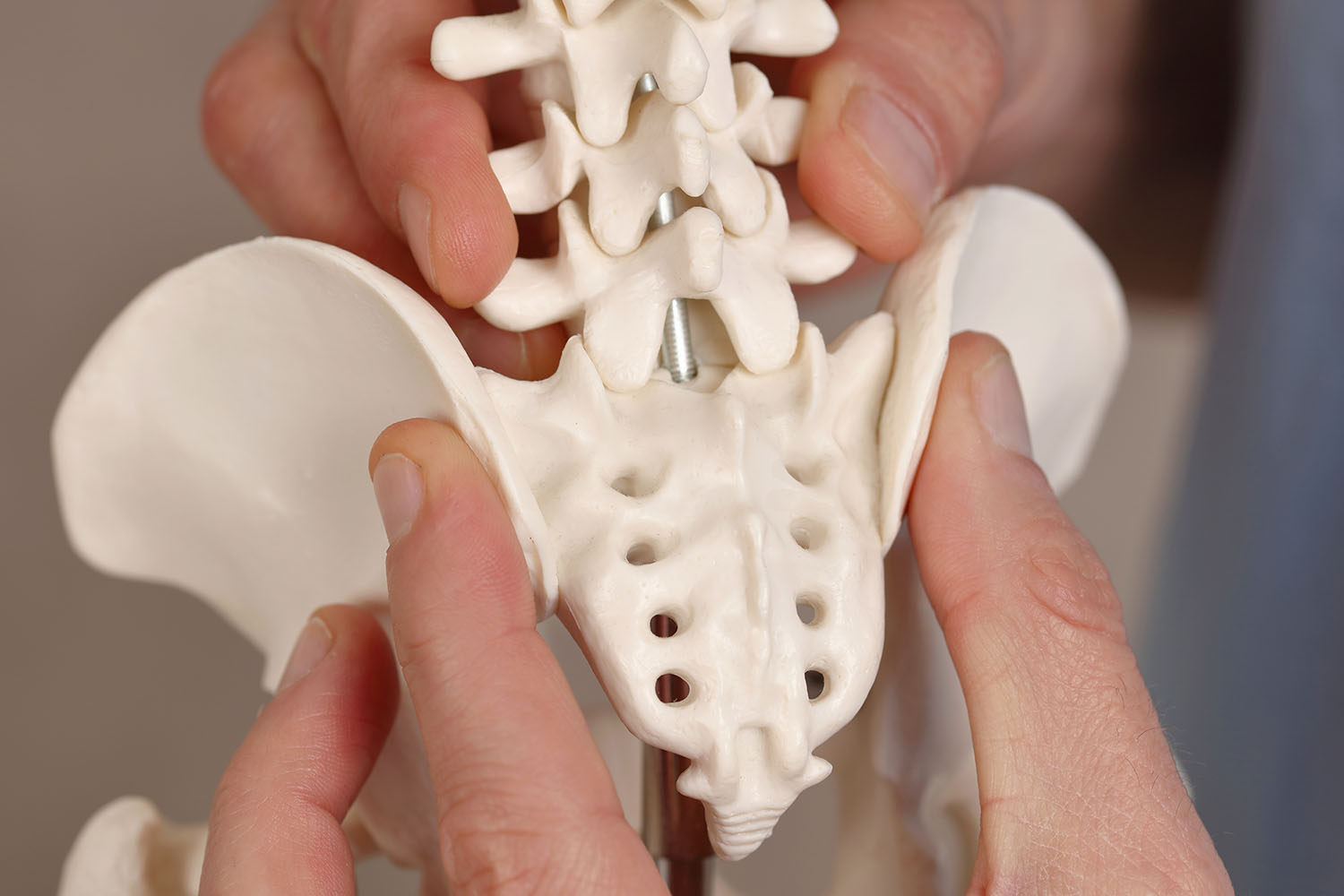Overview
The spinal cord is a vital component of the central nervous system, playing a critical role in transmitting signals between the brain and the rest of the body. To understand its significance, let’s delve into the details of how the spinal cord originates from embryonic development and its functions as unveiled by international research.
Spinal Cord Originates From Embryonic Development
The spinal cord originates from the neural tube, a structure that forms in the early stages of embryonic development. During the third week of gestation, a process called neurulation begins. The neural plate, a thickened region of the ectoderm, folds and closes to form the neural tube. This tube later differentiates into the brain and spinal cord, the primary components of the central nervous system.
Key Stages of Spinal Cord Development
- Neural Plate Formation: The process starts with the formation of the neural plate.
- Neural Groove Formation: The neural plate folds to create the neural groove.
- Neural Tube Closure: The edges of the neural groove fuse to form the neural tube, from which the spinal cord originates.
Global Research Insights
International research has provided profound insights into the spinal cord’s development and functions:
- United States: Researchers at the National Institutes of Health (NIH) have made significant strides in understanding spinal cord injuries and potential regenerative therapies. Studies focus on stem cell research and neuroplasticity, the ability of neural networks in the brain to change through growth and reorganization.
- Japan: Scientists at Kyoto University have pioneered research on induced pluripotent stem cells (iPSCs). These cells can be reprogrammed to become any cell type, offering hope for spinal cord injury treatments by potentially replacing damaged neural cells.
- Germany: The Max Planck Institute for Neurobiology has conducted extensive research on the genetic factors involved in spinal cord development. Understanding these genetic markers can lead to breakthroughs in preventing congenital spinal disorders.
Functions of the Spinal Cord
The spinal cord is responsible for several critical functions:
- Transmission of Nerve Signals: It acts as a conduit for signals between the brain and the rest of the body, facilitating voluntary and involuntary movements.
- Reflex Actions: It enables quick reflex actions without direct involvement of the brain, essential for survival mechanisms.
- Coordination of Activities: The spinal cord coordinates activities between different parts of the body, ensuring harmonious functioning.
Future Prospects
The future of spinal cord research holds promise, with advances in biotechnology and medical sciences. Scientists worldwide are exploring avenues like gene therapy, advanced imaging techniques, and innovative rehabilitation methods to improve the quality of life for individuals with spinal cord injuries.
The phrase “Spinal Cord Originates From” encapsulates the essence of this remarkable structure’s journey from embryonic development to its pivotal role in human physiology. As global research continues to unravel the complexities of the spinal cord, the prospects for medical advancements and improved therapeutic interventions grow brighter.
By understanding where the spinal cord originates from and how it functions, we can appreciate its critical importance in our daily lives and the ongoing efforts to address spinal cord-related challenges.



